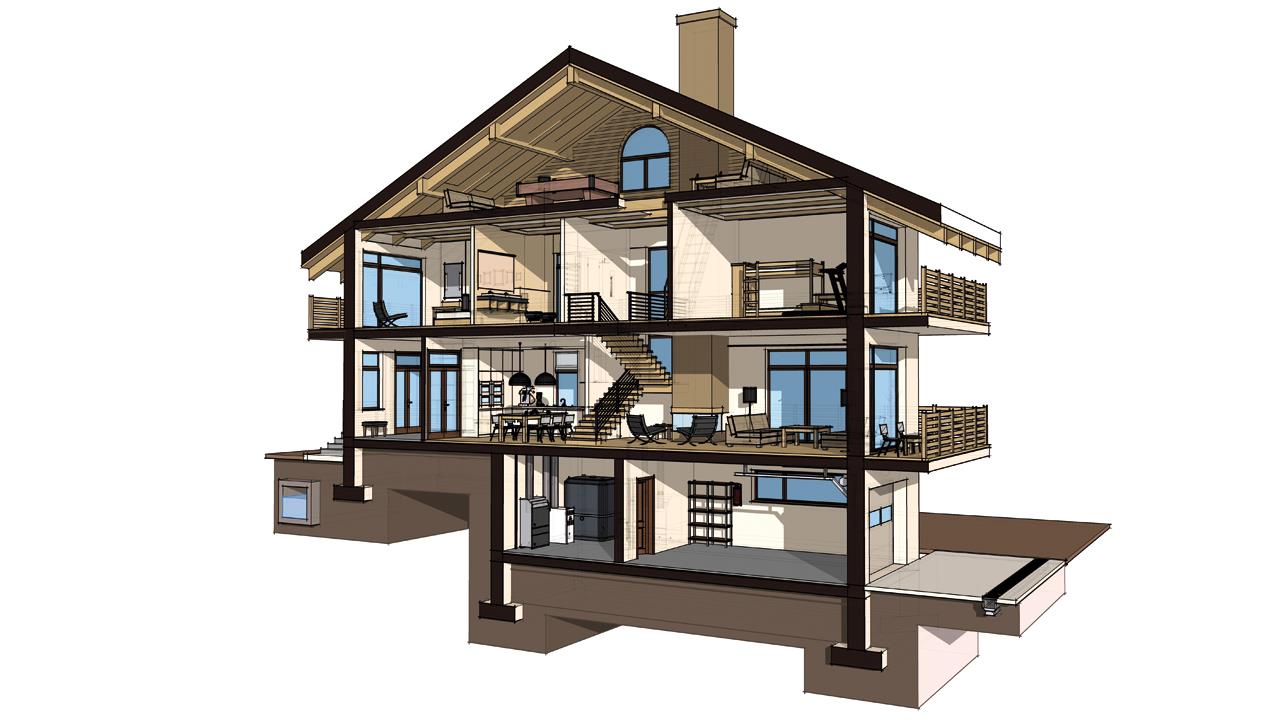

Bjorn Sejr Nielsen, Business Development Director – Heating UK at Danfoss, warns of the danger of applying blanket zoning rules to every home.
How we use our housing can be far removed from the expectations that it will be occupied by two parents and their children, all of whom tend to be out all day.
Research from B&Q shows that 750,000 homes in Britain are already occupied by several generations with this figure expected to increase to 1.75 million by 2038 due to rising care home and childcare costs. There has also been a rise in the number of people whose office is their home, with the TUC estimating that nearly 3.5 million people now work from home.
This can mean that the opportunity to divide a heating system into separate zones, where the time and temperature of operation are set differently in each zone, can make a real difference to how well the system can meet occupant needs.
In addition, effective zone control will ensure that the heating system delivers comfort in the areas where it’s needed, but limits heating use where it’s not required – so reducing energy use and heating bills.
Dividing the system into zones can be seen as a burden and almost a perfunctory decision to divide the house into ‘upstairs’ and ‘downstairs’ to meet the requirement for two zones in larger homes.
Yet this can ignore the real way that the occupants are going to use the house, or whether the orientation of the house mean that the rooms facing north or south are likely to differ quite dramatically in temperature. With a bit of discussion with the occupants to determine the best solution, zoning can be a very powerful tool.
The most obvious way to provide zone control is through a separate pipework circuit with its own zone valve. This allows independent time and temperature control of that circuit meaning that it can be fully isolated when there is no demand for heat. In existing homes where this isn’t practical, other options can be applied using programmable TRVs, either networked or standalone.
Allowing individual rooms to be heated to suit the needs of homeworkers, or providing separate control for an existing or potential ‘granny flat’ within the home are just some of the ways that heating can be better tailored to the occupants, and is an often neglected way for installers to offer added value.
If you'd like to keep up-to-date with the latest developments in the heating and plumbing industry, why not subscribe to our weekly newsletters? Just click the button below and you can ensure all the latest industry news and new product information lands in your inbox every week.